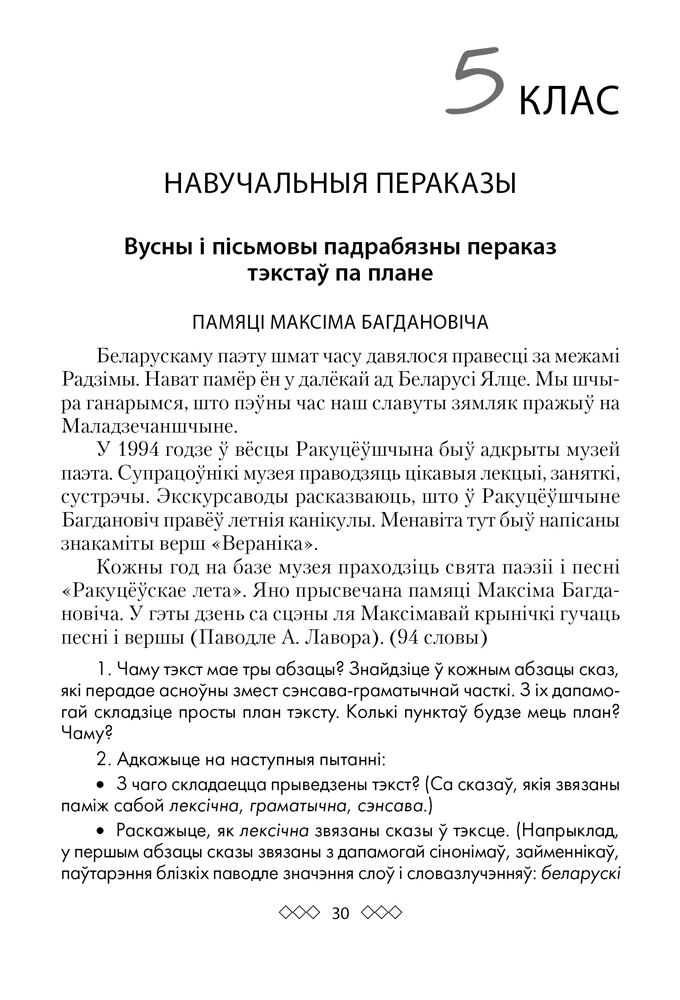Kantroljni Perakaz Byaroza
пятница 08 марта admin 85
Sep 20, 2018 We had a good meal at Kasar. While this is not fine dining, the restaurant is located on the water and has a great “home cooked” menu feel to it. Our waiter was excellent. Date of visit: September 2018. Reviewed September 5, 2018 via mobile. Prljavo kazalište (Dirty Theater) is a rock band from Zagreb, Croatia. Since its formation in 1977, the group changed several music styles and line ups but remained one of the top acts of both the Croatian and the former Yugoslav rock scenes.
1788 Baikal seal range Phoca sibirica The Baikal seal, Lake Baikal seal or nerpa ( Pusa sibirica), is a species of to in, Russia. Like the, it is related to the Arctic. Stock manager advance 2 download. The Baikal seal is one of the smallest true seals and the only exclusively species.
A subpopulation of inland living in the Hudson's Bay region of Quebec, Canada ( lac de loups marins harbour seals), the (a ringed seal subspecies) and the (a ringed seal subspecies) are found in fresh water, but these are part of species that also have marine populations. The most recent population estimates are 80,000 to 100,000 animals, roughly equaling the expected of the lake. At present, the species is not considered threatened, despite hunting (both legal and illegal) and pollution of the lake.
Contents • • • • • • • Description [ ] The Baikal seal is one of the smallest true seals. Adults typically grow to 1.1–1.4 m (3 ft 7 in–4 ft 7 in) in length with a body mass from 63 to 70 kg (139 to 154 lb). The maximum reported size is 1.65 m (5 ft 5 in) in length and 130 kg (290 lb) in weight. There are significant annual variations in the weight, with lowest weight in the spring and highest weight, about 38–42% more, in the fall. The animals show very little; males are only slightly larger than females. They have a uniform, steely-grey coat on their backs and fur with a yellowish tinge on their abdomens.
As the coat weathers, it becomes brownish. When born, the pups weigh 3–3.5 kg (6.6–7.7 lb) and are about 70 cm (2 ft 4 in) long. They have coats of white, silky, natal fur.
This fur is quickly shed and exchanged for a darker coat, much like that of adults. Rarely, Baikal seals can be found with spotted coats. A young seal Distribution [ ] The Baikal seal lives only in the waters of. It is something of a mystery how Baikal seals came to live there in the first place.
They may have swum up rivers and streams or possibly Lake Baikal was linked to the ocean at some point through a large body of water, such as the or, formed in a previous. The seals are estimated to have inhabited Lake Baikal for some two million years. The areas of the lake in which the Baikal seals reside change depending on the season, as well as other factors. They are solitary animals for the majority of the year, sometimes living kilometers away from other Baikal seals. In general, a higher concentration of Baikal seals is found in the northern parts of the lake, because the longer winter keeps the ice frozen longer, which is preferable for pupping.
However, in recent years, migrations to the southern half of the lake have occurred, possibly to evade hunters. In winter, when the lake is frozen over, seals maintain a few breathing holes over a given area and tend to remain nearby, not interfering with the food supplies of nearby seals. When the ice begins to melt, Baikal seals tend to keep to the shoreline. Abundance and trends [ ].
A Baikal seal costume at the Nerpa Festival in, region, Since 2008, the Baikal seal has been listed as a species on the. This means that they are not currently. In 1994, the Russian government estimated that they numbered 104,000.
In 2000, performed its own count and found an estimated 55,000 to 65,000 seals. The most recent estimates are 80,000-100,000 animals, roughly equaling the carrying capacity of the lake. In the last century, the kill quota for hunting Baikal seals was raised several times, most notably after the industry boomed in the late 1970s and when official counts began indicating more Baikal seals were present than previously known.
